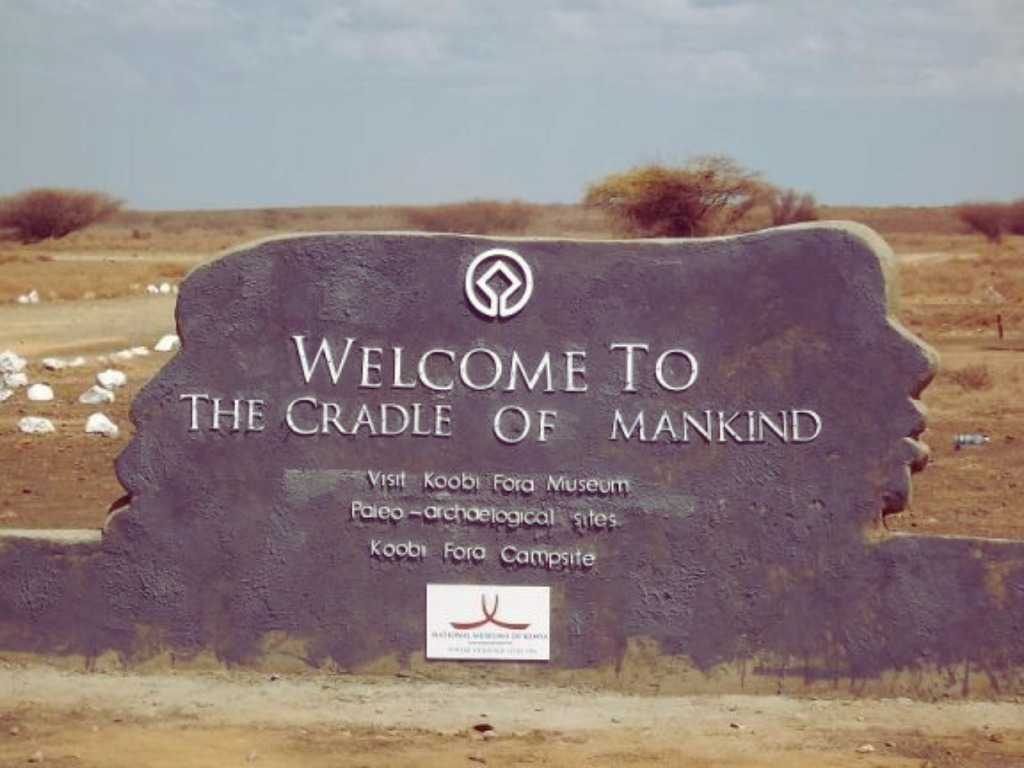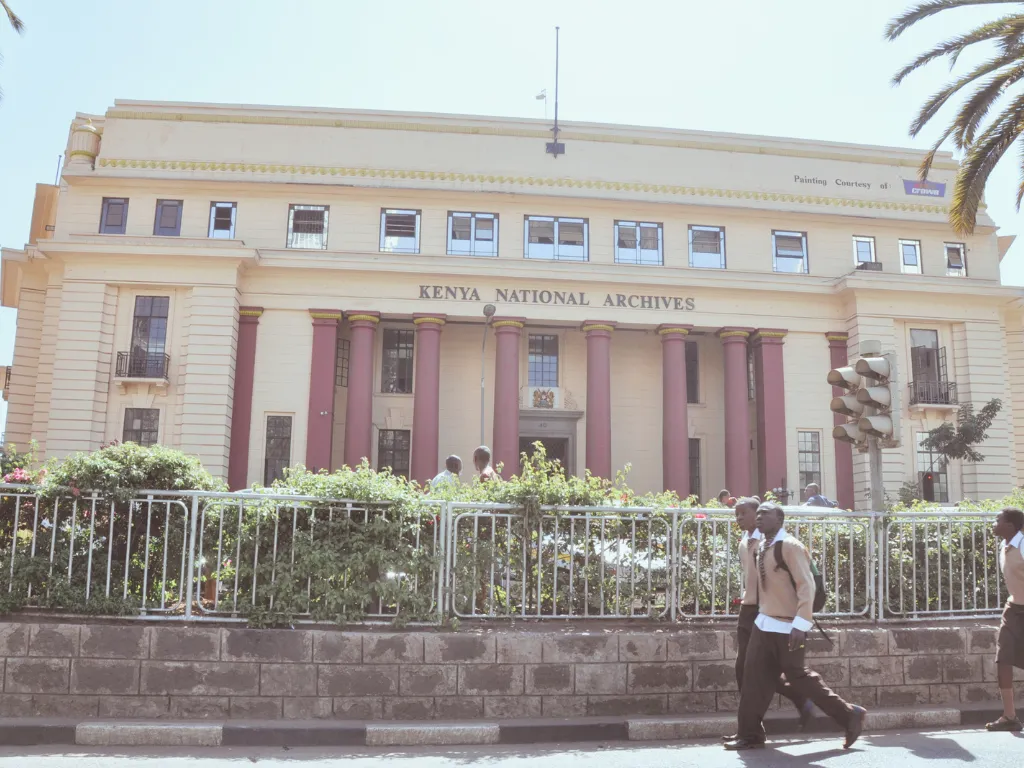

Why Visit? The Kenya National Archives serves as a trove of the nation’s memory and heritage. Within its quiet halls and storied archives lie countless documents, photos, and artifacts that chronicle Kenya’s transformation—from colonial dominion to a sovereign republic—as well as the tapestry of local cultures, governance, and societal evolution.
Showcasing traditional regalia, crafts, and relics that exemplify the diversity of Kenya’s tribes and communities.
Government Gazette notices, policy papers, treaties, and other official records forming the backbone of Kenya’s institutional memory.
Rare imagery capturing pivotal moments—independence ceremonies, historic tours, and local festivities.
Named after Joseph Murumbi, Kenya’s second vice president, this gallery exhibits African art, stamps, and rare books from his personal collection.
Established with the aim of preserving and safeguarding official records, the Kenya National Archives grew in tandem with the newly independent Kenya of the 1960s. Over the years, it became a central repository for government decrees, historical accounts, and invaluable reference materials, gathering within its vaults an expansive legacy of data vital to scholars, students, and citizenry alike.
The main building, often referred to simply as “The Archives,” once served varied administrative roles during the colonial era. Today, under the watchful stewardship of the Ministry of Sports, Culture and Heritage, it welcomes visitors seeking knowledge of Kenya’s distant past and more recent chapters alike.
Visiting Hours: Typically open from morning until late afternoon on weekdays, with limited hours on Saturdays (subject to holiday closures).
Admission: Modest entrance fees may be required; consider verifying current rates. Some sections remain free for public inquiry.
Location & Access: Situated at the heart of Nairobi’s CBD; easily accessible by matatu, bus, or taxi, and within walking distance of major hotels.
.
Research Workshops: Occasional seminars exploring archival methodology and historical preservation.
Cultural Exhibitions: Rotating displays emphasizing various Kenyan ethnic groups, arts, and heritage.
Lectures & Public Talks: Guest speakers ranging from historians to cultural ambassadors, open to scholars and curious citizens alike.
Reading & Reference Rooms: Quiet chambers where scholars and students peruse archival materials under librarian supervision.
Souvenir Stall: Minimal but present—offering postcards, pamphlets, and occasionally curated crafts.
Nearby Cafés & Eateries: Located around the bustling avenues for refreshments during extended research sessions.
Research Etiquette: Researchers wishing to consult official documents may require a permit or letter of introduction. Inquire in advance.
Preservation Rules: Some delicate archives may be restricted. Touching or photographing them could be regulated.
Combine Sites: The Archives sit near other cultural hotspots—one may stroll to the McMillan Memorial Library or Kenyatta International Conference Centre thereafter.
Step into the Kenya National Archives and be transported through time via ancient treaties, fading photographs, and artifacts imbued with the very essence of Kenya’s heritage. Here, dear explorer, the past stands preserved for the edification of future generations.
The National Museums of Kenya (NMK), established under the Museums and Heritage Act (2006), is a multi-disciplinary institution dedicated to collecting, preserving, researching, and presenting Kenya’s cultural and natural heritage.
The National Museums of Kenya (NMK), established under the Museums and Heritage Act (2006), is a multi-disciplinary institution dedicated to collecting, preserving, researching, and presenting Kenya’s cultural and natural heritage.
Sign up to our newsletter